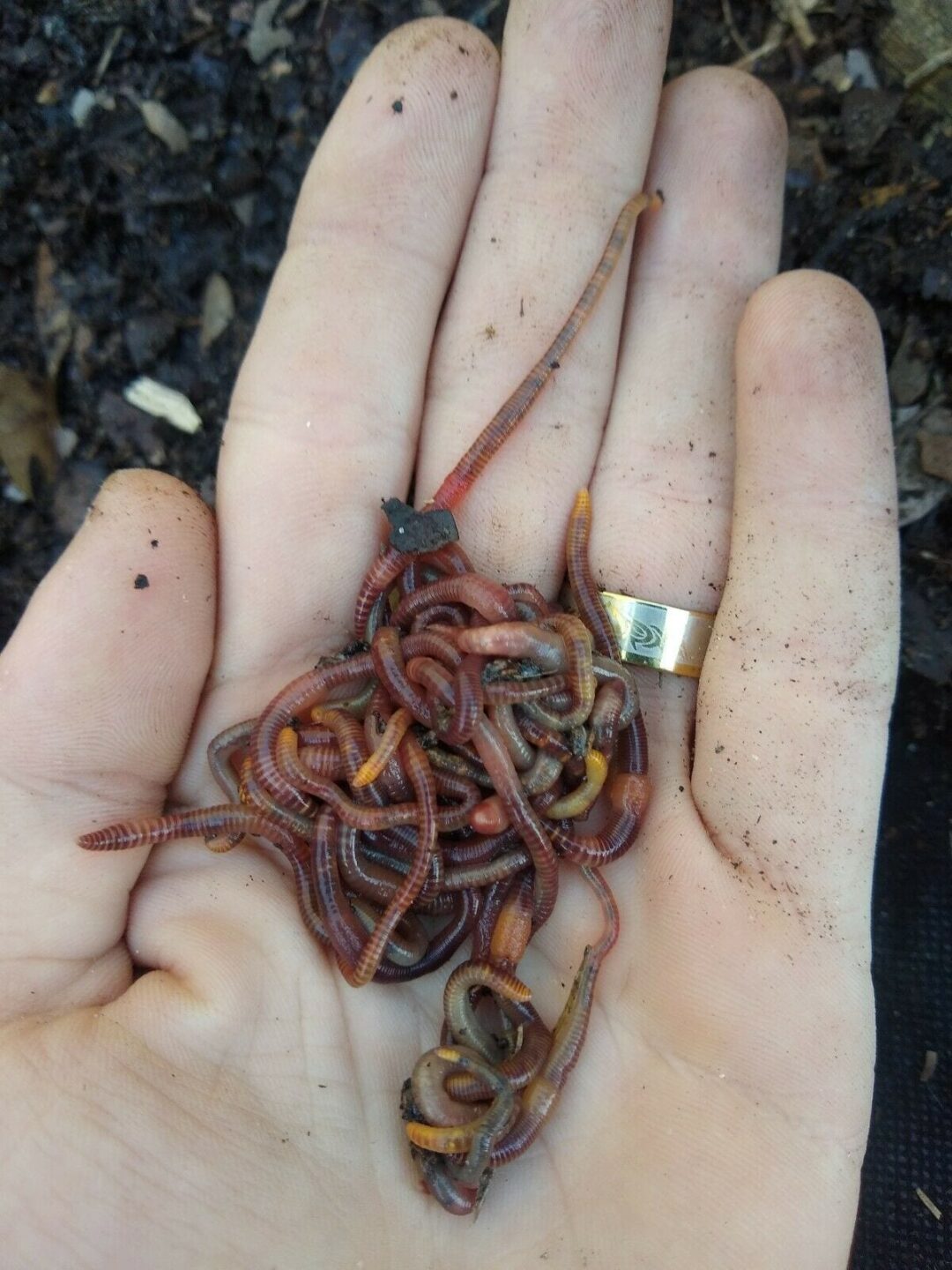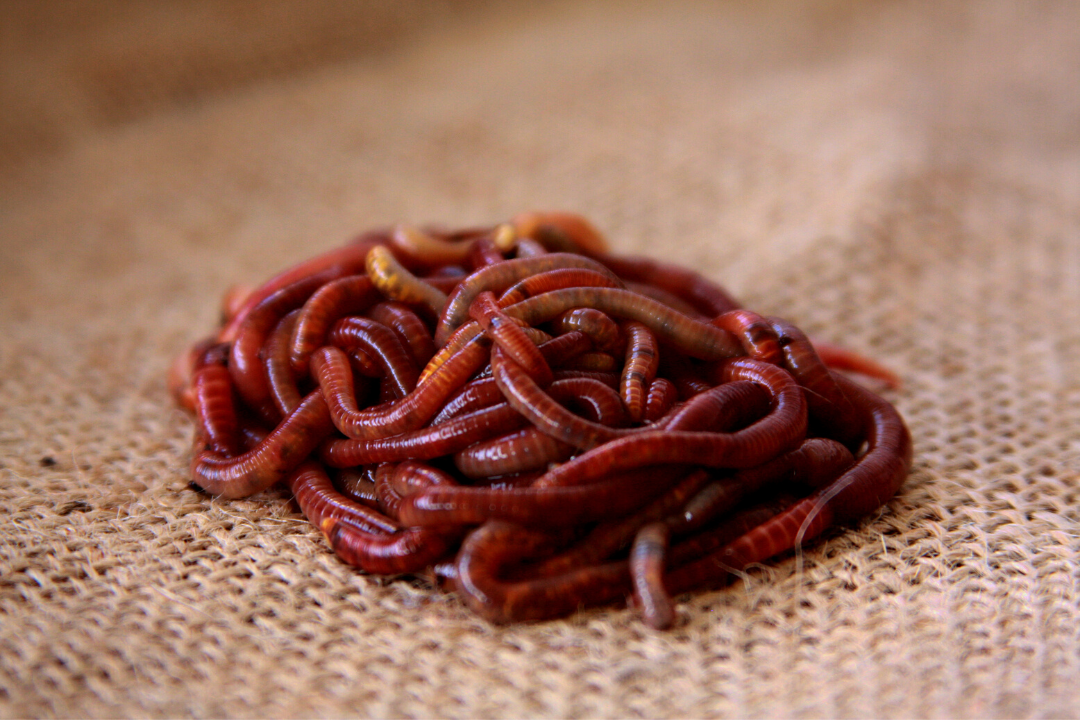The Amazing World of Red Wigglers: Increase Your Soil Fertility Today
The role of red wigglers, or Eisenia fetida, in enhancing dirt fertility is a topic of expanding passion amongst gardeners and farming specialists. These little yet effective microorganisms transform natural waste into important worm castings, dramatically boosting dirt health and advertising sustainable practices. As we discover the advantages of vermicomposting and the useful steps to develop an efficient worm bin, the potential impact of these worms on your horticulture success becomes increasingly noticeable. Recognizing the subtleties of their treatment and application might simply change the method you approach dirt administration. What understandings can be obtained from integrating these impressive animals right into your gardening regimen?
Understanding Red Wigglers
Red wigglers, clinically called Eisenia fetida, are a types of earthworm that play a vital duty in enhancing soil fertility. These worms grow in organic-rich settings, such as compost stacks and decomposing plant product, where they eat organic waste and excrete nutrient-dense spreadings. Their special makeup, featuring a fractional body and a clitellum, enables them to duplicate rapidly and effectively procedure huge quantities of raw material.

The eco-friendly value of red wigglers prolongs beyond plain waste handling; they add to the soil food internet, promoting a varied neighborhood of bacteria that better boost soil wellness. Comprehending the biology and behavior of red wigglers is important for harnessing their complete capacity in lasting agriculture and horticulture methods.
Benefits of Vermicomposting
Additionally, vermicomposting improves soil structure and oygenation. The visibility of worm castings enhances dirt texture, permitting much better water retention and drain. This well balanced moisture level is vital for root growth and the total health of plants. Moreover, red wigglers aid damage down organic matter, increasing disintegration and recycling nutrients back into the soil.
Vermicomposting also fosters microbial activity, which is crucial for a healthy and balanced dirt ecosystem. Beneficial microorganisms thrive in the presence of worm castings, assisting in the failure of natural materials and enhancing vitamins and mineral schedule to plants.
Last but not least, vermicomposting works as a reliable waste monitoring remedy, minimizing landfill waste by reusing cooking area scraps and various other organic materials. This not only adds to ecological sustainability yet additionally advertises a additional reading circular economic climate within gardening and agriculture.
How to Establish a Worm Container
Setting up a worm bin is a straightforward procedure that can dramatically boost your composting efforts. Begin by selecting an appropriate container, which can vary from a readily available worm container to a basic plastic or wooden box (Red Wiggler Express). Ensure the container has ample air flow; small openings in the lid and sides will promote air blood circulation
Next, create a bed linens layer to supply a comfy environment for the red wigglers. This can be made from shredded paper, cardboard, or coconut coir, dampened to a damp, sponge-like consistency. Load the bin to about one-third complete with this bed linen material.
As soon as the bed linens is prepared, it's time to present the worms. Red wigglers thrive in organic waste, so location them delicately onto the bed linen. Cover the worms with a light layer of added bedding to aid them adjust.
Feeding Your Red Wigglers
Providing the ideal food for your red wigglers is vital for their health and wellness and the efficiency of your composting system. Red wigglers prosper on a varied diet plan, primarily including natural materials such as fruit and veggie scraps, coffee premises, and shredded paper. These materials not only give important nutrients however also add to the microbial task in the worm bin, which is crucial for the worms' food digestion.
It is very important to avoid certain foods, such as milk products, oils, and meats, as these can bring in pests and produce undesirable smells. Additionally, citrus peels and excessively zesty foods should be limited as a result of their potential to harm the worms. A well balanced approach to feeding includes monitoring the quantity of food presented to the bin, making sure that it is eaten within a sensible time structure to stop excess waste buildup.
To promote ideal food digestion, it is valuable to chop or shred larger food things prior to adding them to the bin. This practice boosts the surface location for microbial activity, helping with quicker disintegration and enhancing the overall effectiveness of your composting system. Routinely observing the worms' feeding practices will help you change their diet plan as needed.
Utilizing Worm Spreadings in Your Yard

To make best use of the advantages, purpose to apply roughly one part worm spreadings to 3 parts dirt in your planting beds. Normal applications can result in improved crop returns and healthier plants, making worm spreadings a very useful resource for both amateur and knowledgeable gardeners alike. By utilizing this natural modification, you can cultivate a growing garden while adding to sustainable horticulture practices.
Final Thought
In conclusion, red wigglers exemplify the crucial function of vermicomposting in boosting dirt fertility. Their ability to convert organic waste right into nutrient-rich castings substantially improves dirt framework and sustains microbial variety.
Comments on “Red Wiggler Express: A Reliable Name for Worms and Supplies”